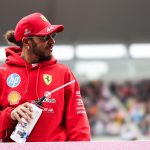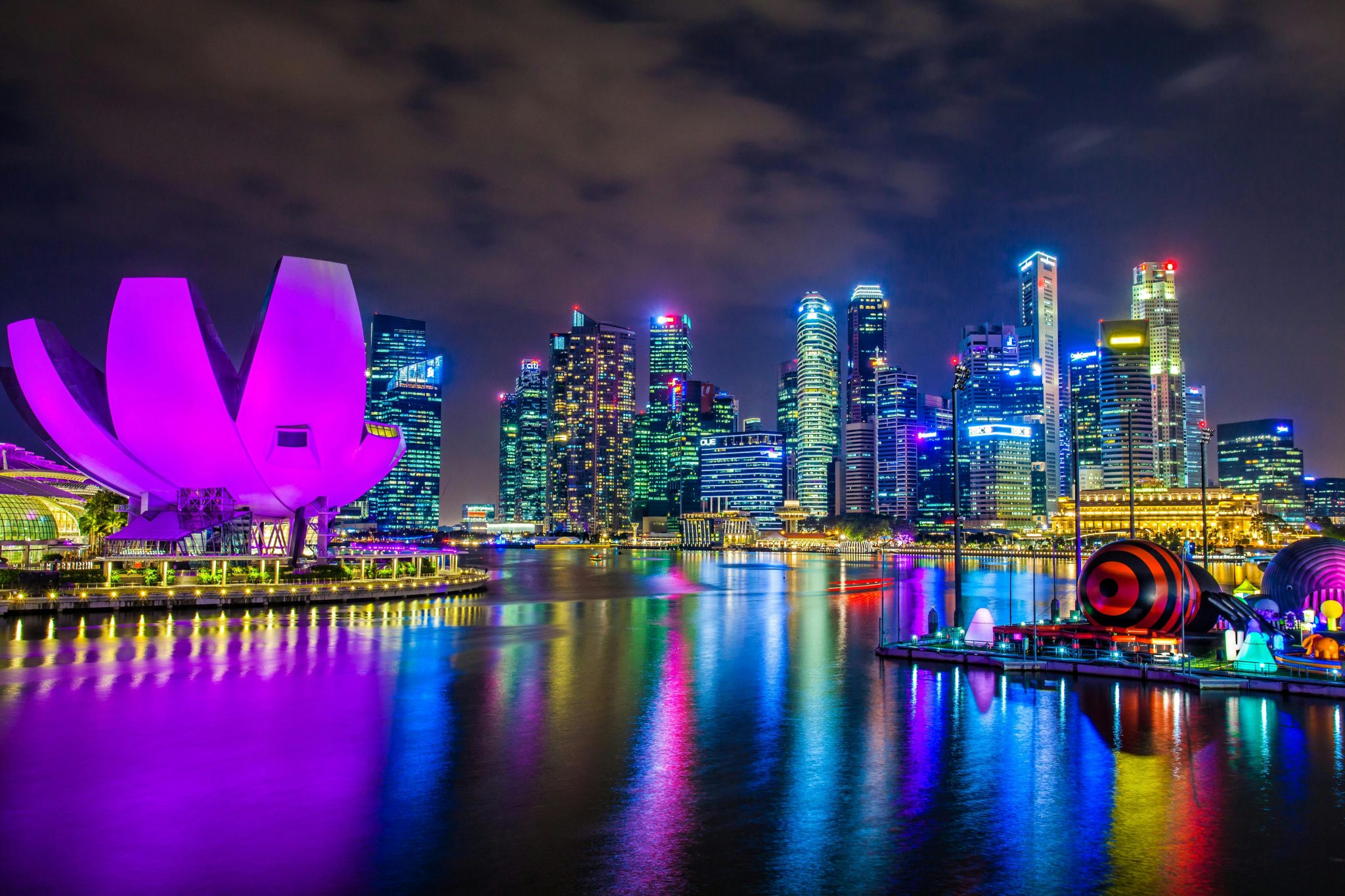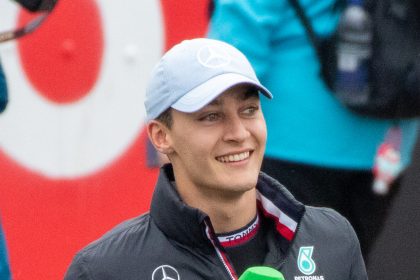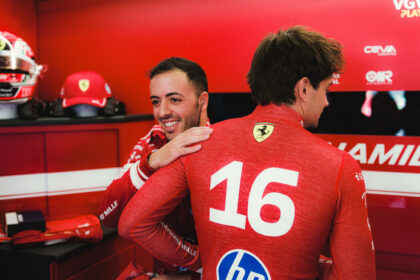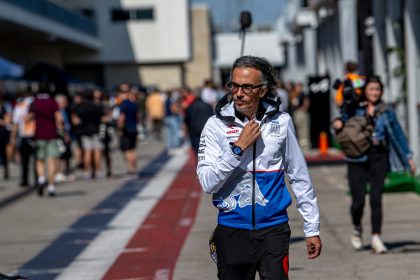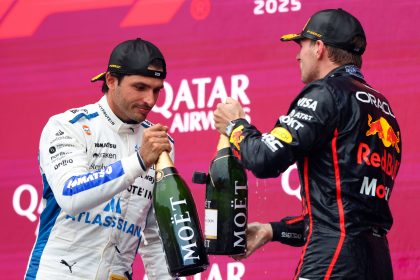Lights Out, Shadows Cast: The Night Singapore Changed Formula 1 Forever
If you want to understand modern Formula 1, you must stand under the artificial glare of Singapore’s Marina Bay, squint into the humid night, and remember the moment the sport’s innocence was lost. September 28, 2008—Singapore’s first night race—was supposed to be a celebration of spectacle, technology, and global ambition. Instead, it became a parable of ambition gone awry, a night where the lights shone brightest and the shadows grew longest.
The City That Never Sleeps, The Race That Never Blinked
Singapore’s bid to host a Grand Prix was, from the start, an exercise in audacity. The city-state had not seen top-level racing since the days of the Thomson Road circuit, a relic of the 1960s and 70s, when safety was an afterthought and the only illumination came from the sun and the occasional burning clutch. In 2008, after 35 years in the wilderness, Singapore returned to the calendar with a promise: the world’s first Formula 1 night race, a street circuit winding through the heart of a city that had, quite literally, built itself for the occasion.
The numbers alone were staggering: 1,500 lighting projectors, a $33 million pit building, and a five-year deal that would put Singapore on the global sporting map. The circuit itself was a 5.067-kilometre ribbon of tarmac, anti-clockwise, threading past the Singapore Flyer, Marina Bay Sands, and the Fullerton Hotel. The skyline was a backdrop, the humidity a constant adversary, and the anticipation—well, that was electric.
As the official race preview on Formula1.com put it,
The critics were out in force well before F1 racing headed to Singapore in late September 2008 for the first ever night-time Grand Prix, but when the paddock assembled in Marina Bay all such fears melted away. The spectacular backdrop, sense of occasion and scintillating action made night racing an instant hit—even if the race itself would go down in history for very different reasons…
Formula1.com
Read more at Formula1.com.
The Stage Is Set: Heroes, Hopefuls, and the Usual Suspects
The 2008 season was already a classic, a duel between Ferrari’s Felipe Massa and McLaren’s Lewis Hamilton that would go down to the wire. Massa arrived in Singapore one point behind Hamilton, but with a car that seemed to dance through the city’s corners. He took pole by a margin of 0.6 seconds—a lifetime in modern F1—while Hamilton lined up alongside, the pair ready to resume their private war under the lights.
Behind them, the usual cast of characters: Kimi Räikkönen, the reigning champion, lurking in third; Fernando Alonso, the two-time champion, mired in 15th after a mechanical failure in qualifying; and a supporting cast of future stars and fading legends, all ready to make history.
When the Lights Go Out: The Race Begins
The start was, by Singapore standards, almost serene. Massa led away, Hamilton tucked in behind, and the field snaked through the illuminated canyons of glass and steel. For the first dozen laps, it was a procession—Massa in command, Hamilton stalking, Alonso seemingly out of contention.
But Formula 1, like life, rarely rewards the predictable.
The Crash Heard Round the World
On lap 14, the race—and, as it turned out, the sport—changed forever. Nelson Piquet Jr., Alonso’s Renault teammate, lost control at Turn 17 and slammed into the wall. The safety car was deployed, the field scrambled, and the strategy gods began to cackle.
Alonso, who had pitted just before the crash, found himself vaulted up the order as the leaders were forced to pit under the safety car, losing precious time. Massa’s race imploded in the pit lane, Ferrari releasing him with the fuel hose still attached—a scene as farcical as it was heartbreaking. Nico Rosberg and Robert Kubica were penalized for pitting when the lane was closed. The order was scrambled, the script rewritten.
As the dust settled, Alonso emerged in the lead, a position he would not relinquish. He crossed the line to take Renault’s first victory since 2006, followed by Rosberg and Hamilton. The crowd roared, the fireworks exploded, and the paddock buzzed with the sense that they had witnessed something extraordinary.
The Results: A Night of Firsts and Lasts
| Position | Driver | Team | Grid | Notes |
|---|---|---|---|---|
| 1 | Fernando Alonso | Renault | 15 | Benefited from early stop |
| 2 | Nico Rosberg | Williams-Toyota | 8 | Penalized, but recovered |
| 3 | Lewis Hamilton | McLaren-Mercedes | 2 | Extended championship lead |
| 4 | Timo Glock | Toyota | 7 | |
| 5 | Sebastian Vettel | Toro Rosso-Ferrari | 7 | |
| 6 | Nick Heidfeld | BMW Sauber | 9 | |
| 7 | David Coulthard | Red Bull-Renault | 10 | |
| 8 | Kazuki Nakajima | Williams-Toyota | 11 | |
| 9 | Heikki Kovalainen | McLaren-Mercedes | 5 | |
| 10 | Robert Kubica | BMW Sauber | 4 | Penalized |
The Afterglow: Suspicion, Scandal, and the End of Innocence
For almost a year, the 2008 Singapore Grand Prix was celebrated as a triumph of spectacle and strategy. Alonso’s win was hailed as a masterstroke, a combination of bold tactics and good fortune. But in Formula 1, as in politics, the truth has a habit of emerging—usually at the most inconvenient moment.
In 2009, after being dropped by Renault, Nelson Piquet Jr. dropped a bombshell: his crash had not been an accident, but a deliberate act, ordered by team principal Flavio Briatore and engineering director Pat Symonds to benefit Alonso. The FIA launched an investigation, the paddock reeled, and the sport was plunged into one of its darkest chapters.
The details were sordid, the fallout spectacular. Briatore and Symonds were banned from the sport (though the bans were later overturned in court), Renault received a suspended ban, and the phrase Crashgate entered the F1 lexicon. Alonso was cleared of any involvement and kept his victory, but the damage was done.
As Hagerty Media put it,
Nearly a year after Singapore’s victor was crowned, a disgruntled driver and an official investigation revealed one of the largest scandals in the sport’s history.
Hagerty Media
Read more at Hagerty Media.
After ensuring I was on the designated lap of the race, I deliberately lost control of my car. I did this by pressing hard and early on the throttle. As I felt the car begin to slide, I intentionally did not correct the slide. I allowed the car to impact the wall.
Nelson Piquet Jr.
The Legacy: Lights, Camera, Consequences
The 2008 Singapore Grand Prix is now remembered less for its spectacle than for its scandal. It was a night when Formula 1’s obsession with winning at all costs was laid bare, when the line between clever strategy and outright cheating was not just crossed, but obliterated.
Yet, for all its infamy, Singapore’s night race endures. The city remains a fixture on the calendar, its illuminated streets a symbol of F1’s global reach and technical prowess. The race has produced moments of genuine brilliance—Sebastian Vettel’s masterclasses, Lewis Hamilton’s qualifying laps that defy physics, and the kind of drama that only street circuits can provide.
But the shadow of 2008 lingers. Every time a safety car is deployed at a suspiciously opportune moment, every time a team tries to game the system, the ghost of Crashgate flickers in the background.
Let’s wait for the third race before calling anyone a legend.
Pedro, Formula 1 BG
The Numbers Don’t Lie: A Statistical Postscript
- First night race in F1 history
- First street circuit in Asia
- Attendance: 100,000 spectators, 500 million TV viewers worldwide
- 1,500 lighting projectors
- $33 million pit building
- Fernando Alonso’s 20th career win
- Renault’s first win since 2006
- Felipe Massa’s pole margin: 0.6 seconds
And, of course, one of the most notorious scandals in the sport’s history.
Waste a Bit More Time
If you want to relive the drama, the glory, and the ignominy, here are a few places to start:
- Do you remember… F1’s first ever night race (Formula1.com)
- Scandal tainted Formula 1’s first night race in 2008 (Hagerty Media)
- 2008 Singapore Grand Prix – Wikipedia
- Renault Formula One crash controversy – Wikipedia
- On This Date In 2008, Singapore Hosted The First F1 Night Race (Wonderwall.sg)
- First F1 Grand Prix is held at Marina Bay street circuit – NLB
- The Singapore Grand Prix: A Night Race Like No Other – FanAmp







